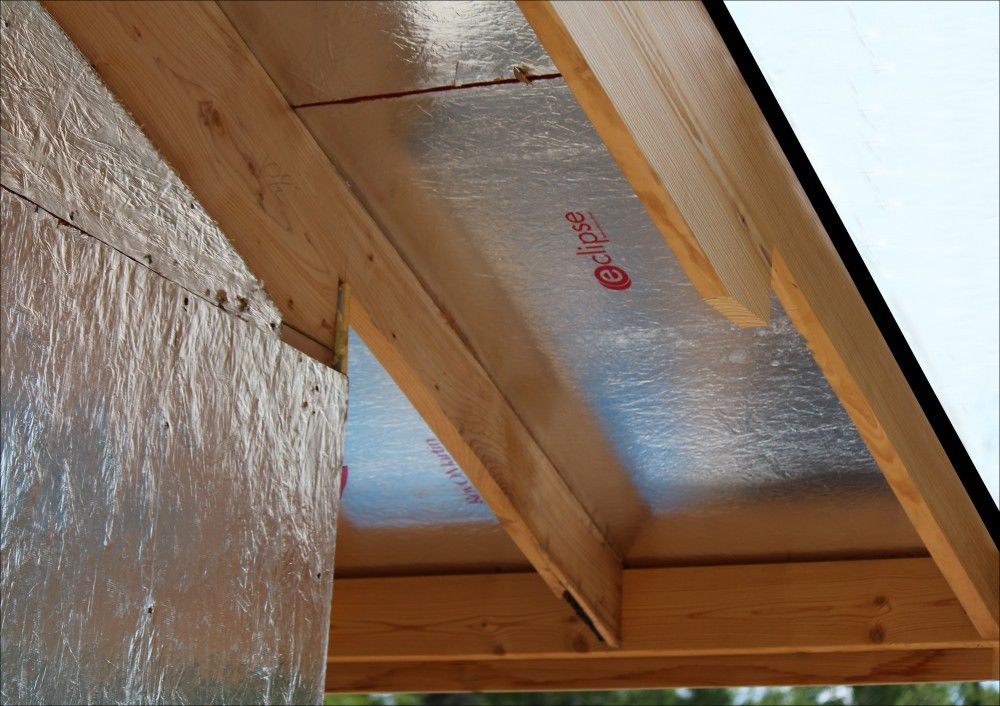
This comes from the fact that aluminum is a great at reflecting heat and bad at radiating it, even if your insulation material has a barrier installed at only one side facing downwards. Radiant barriers will prevent just that – the heat radiation from a warmer surface (the roof) to a cooler one (attic space), resulting in less energy needed to cool down the space. Well, the sun will heat your roof and insulation material which will, in time, absorb the heat and transfer it downwards to your attic space. Since most commonly used in roof structures, just imagine those hot summer months when the sun is at its peak. In order of understanding how it works, we’ll try to show it through as simple example. This means that can be either installed on one or both sides of different materials like plastic films, craft paper or cardboard or combined with some insulation material thus acting as a insulation facing material. Radiant barriers insulation is usually consisted of a thin layer of some radiant material such as aluminum, placed so it faces an air space, commonly installed in roofs and attics as heat-radiant surfaces and combined with some type of thermal insulation as heat-absorbing materials, showing best results in hot climates by reducing cooling bills during the summer. Basically, traditional insulation materials such as fibreglass for instance, are transparent to radiant heat transfer, meaning that they are affected by the change in moisture levels, which is not the case with these barriers which will maintain the same performance regardless of the changes in humidity, thus preventing your insulation material to lose its effectiveness. Now, while most insulation materials stop (or minimize) conductive and somewhat convective heat transfer, radiant barriers are used to prevent radiant heat transfer. For instance, sunrays falling on your face are a perfect example of radiant heat transfer. Finally, radiant heat travels from any heated surface and reflects in a straight line, thus heating solid object able to absorb such heat. The heat is transferred through the hot steam which occurs when some liquid or gas is heated, making it less dense thus travelling up. The best example for convection is hot steam rising from a boiling pot filled with water. For example, of you try to touch a hot stove, the heat will directly travel to your hand.


Namely, heat travels in three basic ways – through conduction, convection and radiation. Conduction includes direct transfer from a hotter space or surface to a colder one.

Sometimes, the insulation itself is not quite enough and should be complemented with some alternative materials, such as radiant barriers. In case you were wondering what are radiant barriers, we will herewith try to explain their basic features and functions.įirstly, let’s try to understand how heat transfer works. Of course, all the named methods should be combined in order of achieving the best possible result.
Radiant barrier windows#
Some include some common and less time and money consuming investments like weather stripping or replacing old, draughty windows with new double-glazed ones, while others include installing insulation to the most vulnerable areas within your home, like walls, ceilings, floors, foundations, attics and basements. There are a number of ways to improve your home insulation.


 0 kommentar(er)
0 kommentar(er)
